The Secretary General’s Annual Report 2016
On 13 March 2017, Jens Stoltenberg released his third annual report as NATO Secretary General.
The annual report provides an overview of how NATO protected its citizens and projected stability in 2016. It includes details on how NATO is enhancing deterrence and defence, engaging in dialogue, investing in security, improving capabilities, supporting the fight against terrorism, building relationships, sharing expertise, advancing the role of women in peace and security, and adapting as an institution.
Below you will find short descriptions of – as well as direct links to – the elements of the annual report.
- Foreword
- For all who serve
- Deterrence, Defence & Dialogue
- Investing in Security
- Improving Capabilities
- Projecting Stability
- Projecting Stability: Cultivating Partnerships
- Promoting the Role of Women
- Organisation
You can also download the full annual report.
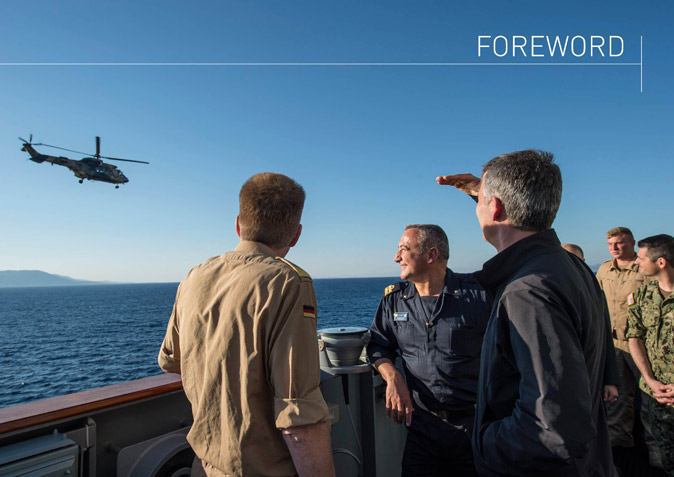
At no time since the end of the Cold War has the NATO Alliance faced greater challenges to our security than it does today.
But NATO is the most successful alliance in history because it has been able to change as the world has changed. For the first 40 years of its life, the Alliance's focus was collective defence. When the Berlin Wall came down, our focus shifted to crisis management beyond our borders – intervening to stop large-scale bloodshed and keep the peace in the Western Balkans, fighting terrorism in Afghanistan, and tackling piracy off the Horn of Africa.
Read the Foreword in the Annual Report (PDF)
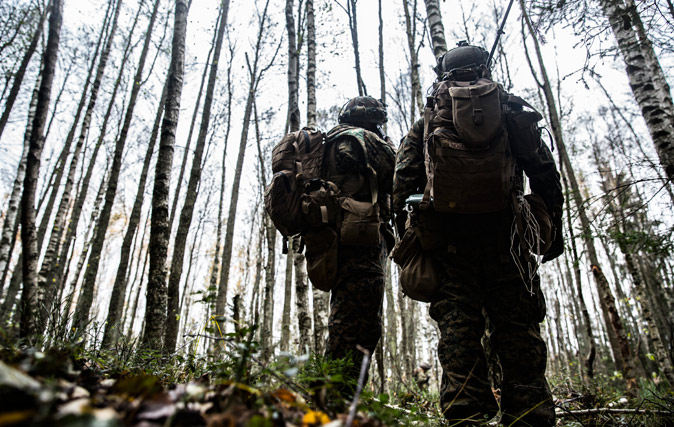
For All Who Serve
NATO's commitment to safeguarding the freedom and security of all its members is made possible by the service of men and women from across its member and partner countries.
In 2016, tens of thousands of Allied service members were deployed on land, in the air, and at sea to provide for NATO's defence and to project stability beyond NATO's borders. Whether engaged in security operations, military exercises, or training missions, the security and stability of the Alliance would not be possible without their contributions.
NATO recognises the dedication of all who serve. The Alliance owes a debt of gratitude to every man and woman in service for the risks they take and the sacrifices they and their families make while serving NATO's common purposes and values.
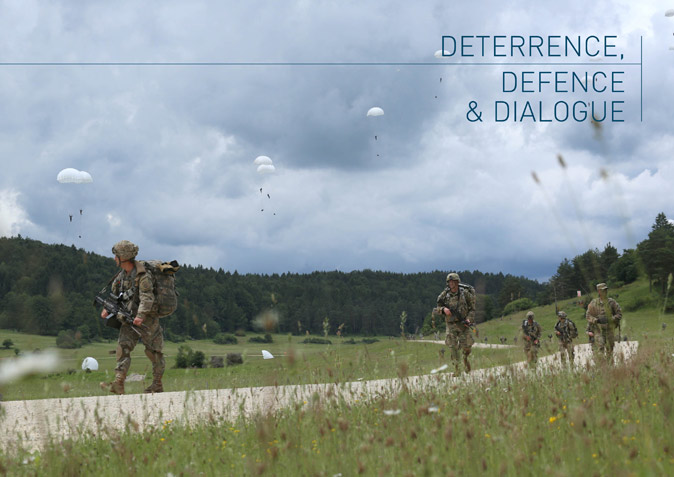
Preventing conflict means being able to deter and defend against any potential security threat. In recent years, NATO has responded to a series of new challenges with the largest reinforcement of its collective defence in a generation. At the same time, as part of an overall approach to its collective security, the Alliance seeks to improve transparency and reduce the risk of escalation by engaging in meaningful dialogue with Russia.
Read the chapter "Deterrence, Deterrence & Dialogue" in the Annual Report (PDF)
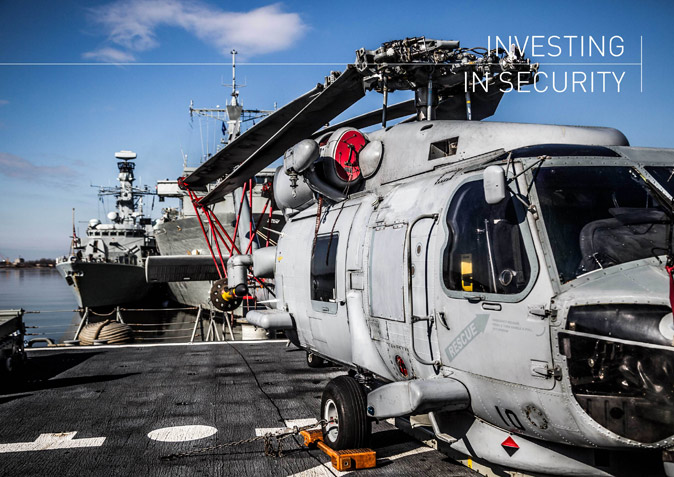
NATO is committed to defending its nearly one billion citizens in Europe and North America. Fulfilling this commitment requires that Allies understand the changing security environment, agree on policies for how to address the challenges and threats, develop and invest in the capabilities required to implement those policies, and resolve to use their capabilities when required. Each of these elements is essential for NATO to fulfil its purpose of safeguarding the freedom and security of all its members.
Read the chapter "Investing in Security" in the Annual Report (PDF)
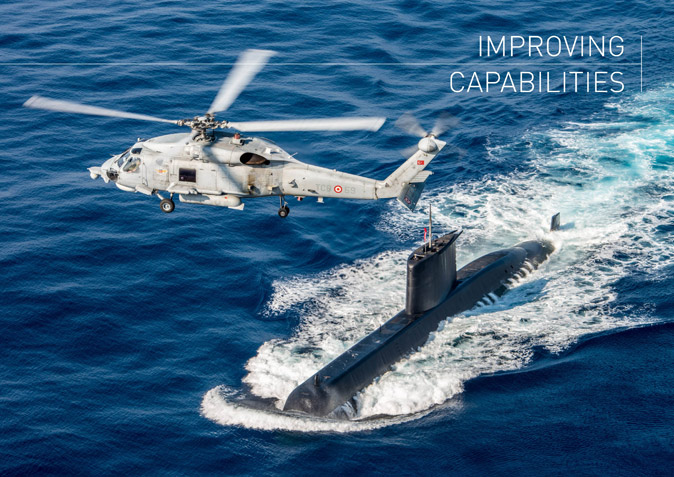
NATO's modern defence posture is based on an effective combination of cutting-edge weapons systems and platforms and forces trained to work together seamlessly. As important as it is that Allies invest in defence, it is also critical that those funds are invested in the right capabilities. NATO plays an important role in assessing what capabilities the Alliance needs, setting targets for national or collective development of capabilities, and facilitating national, multinational and collective capability development and innovation.
Read the chapter "Improving Capabilities" in the Annual Report (PDF)
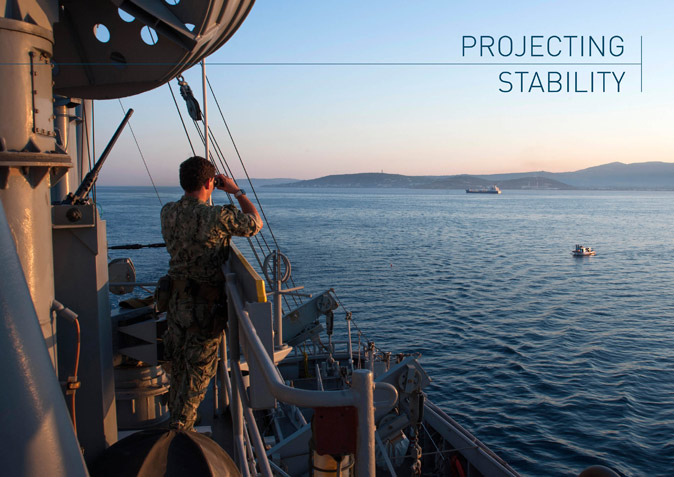
Providing for the security of the Alliance requires not only a strong deterrence and defence posture but also the ability to project stability and strengthen security beyond NATO's borders. For NATO, this involves a range of activities including providing training and support to countries such as Iraq and Afghanistan, conducting or contributing to missions on land, at sea and in the air, and cultivating relationships with partners around the world.
Read the chapter "Projecting Stability" in the Annual Report (PDF)
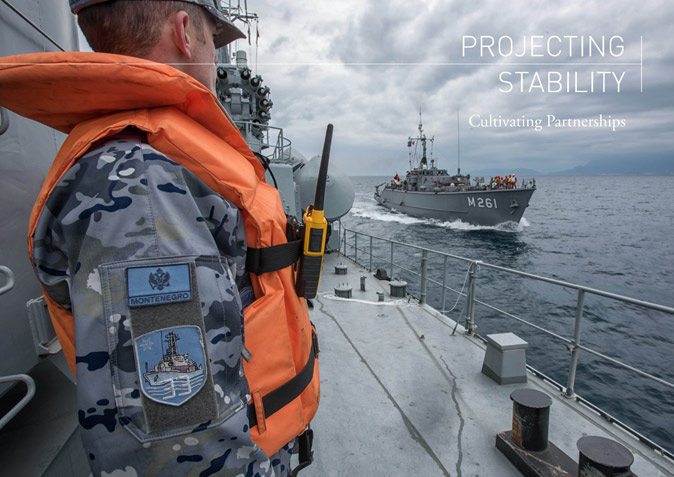
NATO maintains a broad and diverse network of partnerships with countries in the Euro-Atlantic region and beyond. In 2016, partners continued to be involved in many of the core activities that take place at NATO.
Partners have been integrated across NATO's activities and agenda, often contributing sideby- side with Allies. Through its partnerships, NATO helps countries to strengthen their ability to safeguard their own security, both at home and as part of international missions.
Read the chapter "Projecting Stability: Cultivating Partnerships" in the Annual Report (PDF)
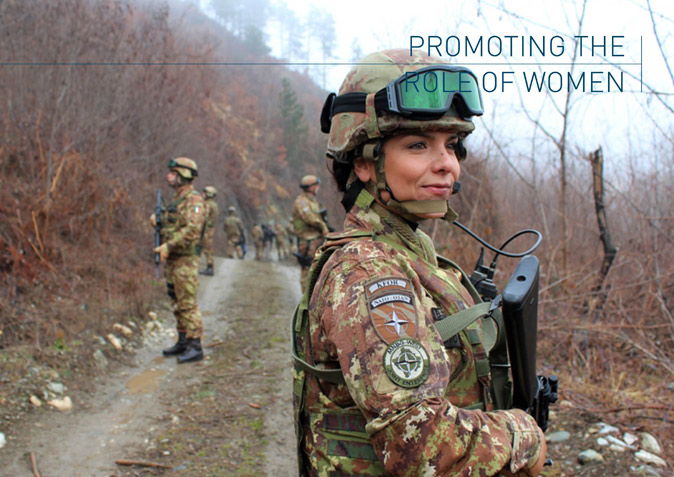
At the Warsaw Summit in July 2016, NATO leaders reiterated their belief that the empowerment of women at NATO and in the military make the Alliance stronger. If peace is to be sustainable, it must be inclusive. To that end, NATO and its partners are working together to promote the role of women in peace and security as part of their commitment to the implementation of UN Security Council Resolution (UNSCR) 1325 and related Resolutions.
Read the chapter "Promoting the Role of Women" in the Annual Report (PDF)
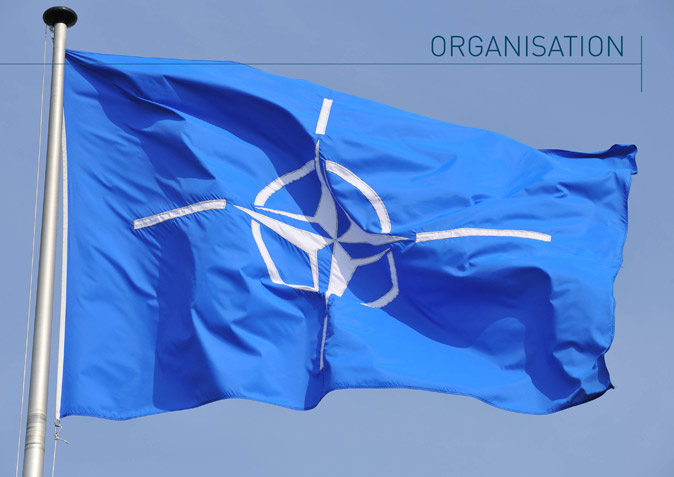
NATO is a political-military alliance of 28 countries. The Organization itself includes a number of structures that support the everyday work of the Alliance. Throughout 2016, NATO continued to implement innovative ways of working in order to improve its overall flexibility, effectiveness, efficiency and accountability despite a challenging resource environment. NATO also continues to adapt its processes and structures to ensure that it is adaptable by design and inherently flexible, resilient, and responsive to any threat. To this end, NATO continued to rigorously pursue improvements to better integrate resources and work strands, including by adopting modern and innovative approaches and ways of working. These efforts will help improve prioritisation and better align resources so that the workforce, both civilian and military, is well placed to support the achievement of NATO's top priorities.
Read the chapter "Organisation" in the Annual Report (PDF)
